India’s space programme has entered a period of unprecedented breadth and cadence. Since 2023, the Indian Space Research Organisation (ISRO) has not only demonstrated soft-landing capability on the Moon but has also launched its first solar observatory and a new generation of Earth-observation, science and communication satellites. Looking ahead to the latter half of this decade, ISRO is preparing a packed manifest that spans human spaceflight, planetary sample returns, lunar polar exploration, a Venus orbiter and the first module of a national space station. This article synthesises the scientific goals, technological advances, mission architectures and anticipated timelines of the agency’s most significant recent and upcoming endeavours.
1. Lunar Exploration Roadmap
1.1 Chandrayaan-3 (2023)
ISRO’s third lunar venture succeeded where its predecessor failed, delivering the Vikram lander and Pragyan rover to 69.373°S on 23 August 2023, the first soft landing near the south-polar region. Over its single lunar-day mission, the rover confirmed the presence of sulphur and measured regolith temperatures down to −10 °C, while the lander’s ChaSTE and ILSA payloads profiled the near-surface thermal gradient and recorded local seismicity.
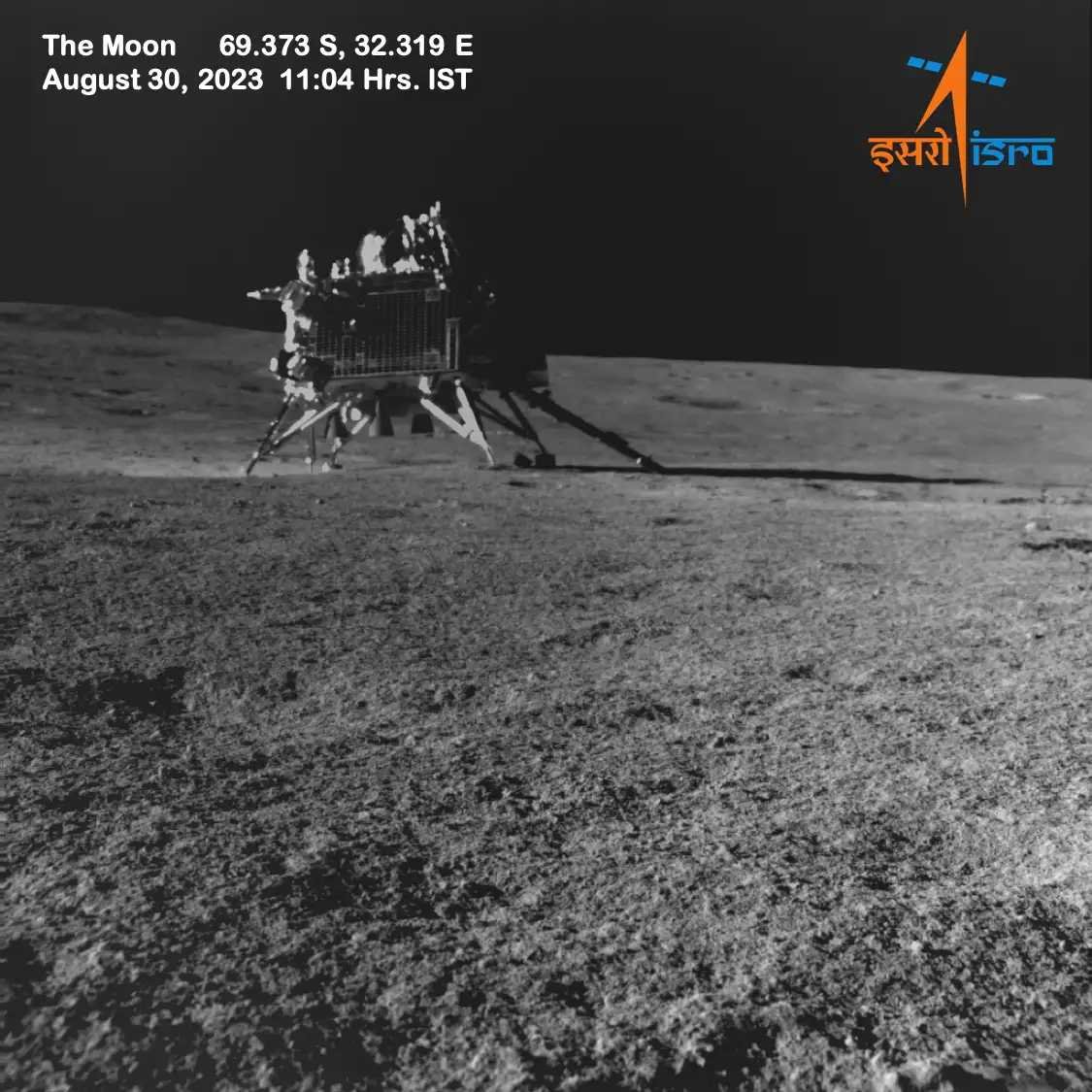
1.2 Chandrayaan-4 (Sample-Return, 2027)
Now in advanced design, Chandrayaan-4 aims to collect up to 3 kg of regolith from the vicinity of the Chandrayaan-3 site and return it to Earth. The architecture involves dual LVM3 launches: a lunar lander-ascent module and an Earth-return orbiter with docking capability validated by the 2024 SpaDeX experiment. Scientific priorities include volatile chemistry, isotopic chronology of south-polar basalts and calibration of orbital neutron-spectrometer data.
1.3 LUPEX / Chandrayaan-5 (ISRO-JAXA, 2028)
The joint Lunar Polar Exploration Mission will deliver a Japanese rover and an Indian lander to a permanently shadowed crater near 90°S. Drill cores to 1 m depth will be analysed in situ for water-ice abundance with contributions from NASA and ESA. Successful night-survival technology will be a stepping-stone for sustained polar operations and future human sorties.
2. Solar-Terrestrial Science
2.1 Aditya-L1 (2023-24)
Launched 2 September 2023 on PSLV-C57, Aditya-L1 is India’s first solar observatory, now resident in a 178-day halo orbit around the Earth-Sun L1 point. Its seven instruments, including the Visible Emission Line Coronagraph (VELC) and SUIT imager, are designed to trace coronal heating, CME initiation and solar wind composition. Early results already reveal fine-scale coronal jets and type-II burst precursors.
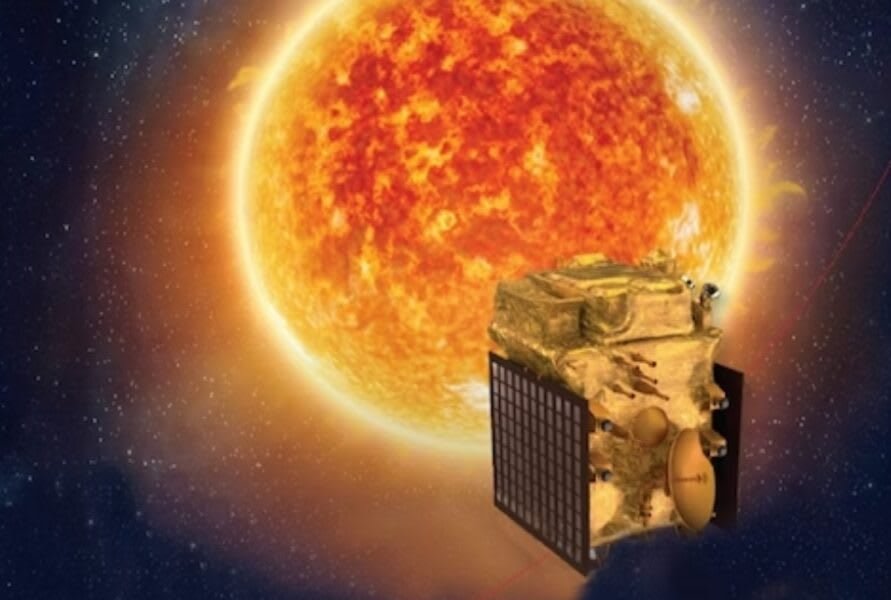
2.2 NISAR (NASA-ISRO SAR, 2025)
Set for launch on July 30, 2025, aboard GSLV-F16, NISAR will provide 12-day global L-/S-band interferometric coverage for biomass, glacier, and tectonic deformation studies. The L-band radar, supplied by NASA, complements ISRO’s S-band system in a sweep-SAR mode, offering sub-10 m resolution over a 240 km swath. NISAR data will be freely available, extending the impact of India’s Earth-observation fleet.
3. Space-Based Astronomy
3.1 XPoSAT (2024)
PSLV-C58 inaugurated 2024 with the launch of X-ray Polarimeter Satellite (XPoSAT), India’s first dedicated X-ray polarimetry mission. The POLIX and XSPECT payloads target 50 bright sources across 2–30 keV, enabling magnetic-field geometry studies of pulsars, black-hole binaries and magnetars.
3.2 SpaDeX Technology Demonstrator (2024-25)
On 30 December 2024, PSLV-C60 lofted twin 220 kg spacecraft that executed India’s first autonomous orbital rendezvous and docking on 16 January 2025. The successful transfer of control and power lays the foundation for sample-return docking, on-orbit servicing and eventual assembly of the Bharatiya Antariksh Station (BAS).
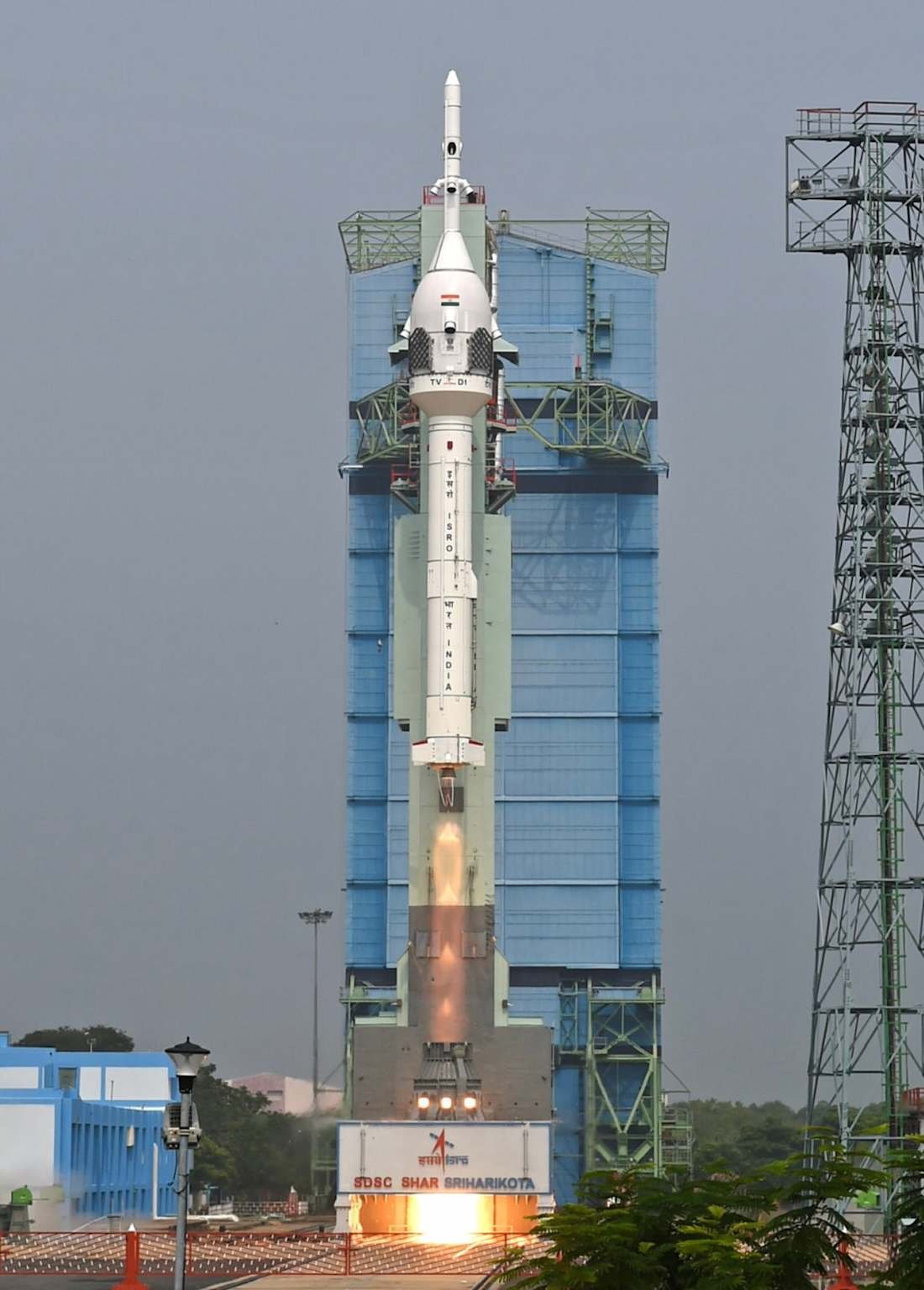
4. Communications and Earth-Observation Upgrades
ISRO’s demand-driven satellites, procured via NewSpace India Ltd., address broadband backhaul and in-flight connectivity:
5. Human Spaceflight: Gaganyaan and Beyond
5.1 Abort and Uncrewed Flight Tests (2023-25)
The TV-D1 in-flight abort demonstration (21 Oct 2023) proved the Crew Escape System under Max-Q conditions. A second abort (TV-D2) in 2025 will precede two uncrewed orbital flights, G1 and G2, aboard the human-rated HLVM3 stack. Assembly of HLVM3-G1 commenced 18 December 2024 and incorporates quad-redundant avionics and uprighting airbags for splashdown.
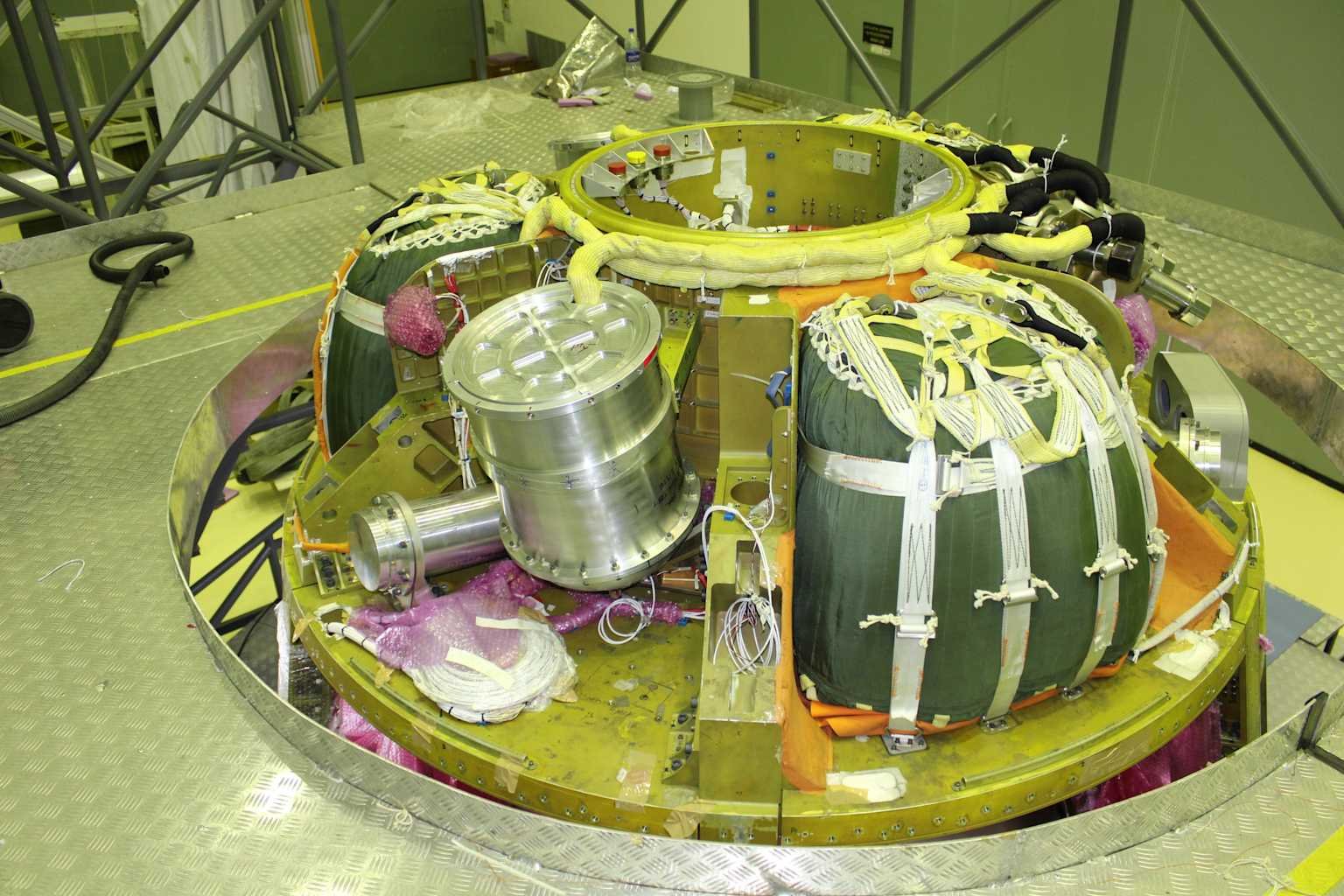
5.2 First Crewed Mission (Gaganyaan-H1, 2027)
With a three-person crew spending seven days in 400 km orbit, H1 will make India the fourth nation with independent human-orbital capability. Vyommitra, a half-humanoid interface robot, is slated to fly on the final uncrewed vehicle to verify life-support functions.
5.3 Bharatiya Antariksh Station (2028-2035)
Cabinet approval in September 2024 re-scoped Gaganyaan to include development of BAS-1, a 52 t base module launching in 2028. Four precursor orbital assembly missions will qualify refuelling, closed-loop ECLSS and robotic arm operations, targeting full station assembly by 2035 and enabling a crewed lunar landing in 2040.
6. Planetary Horizons
7. Aggregate Mission Cadence
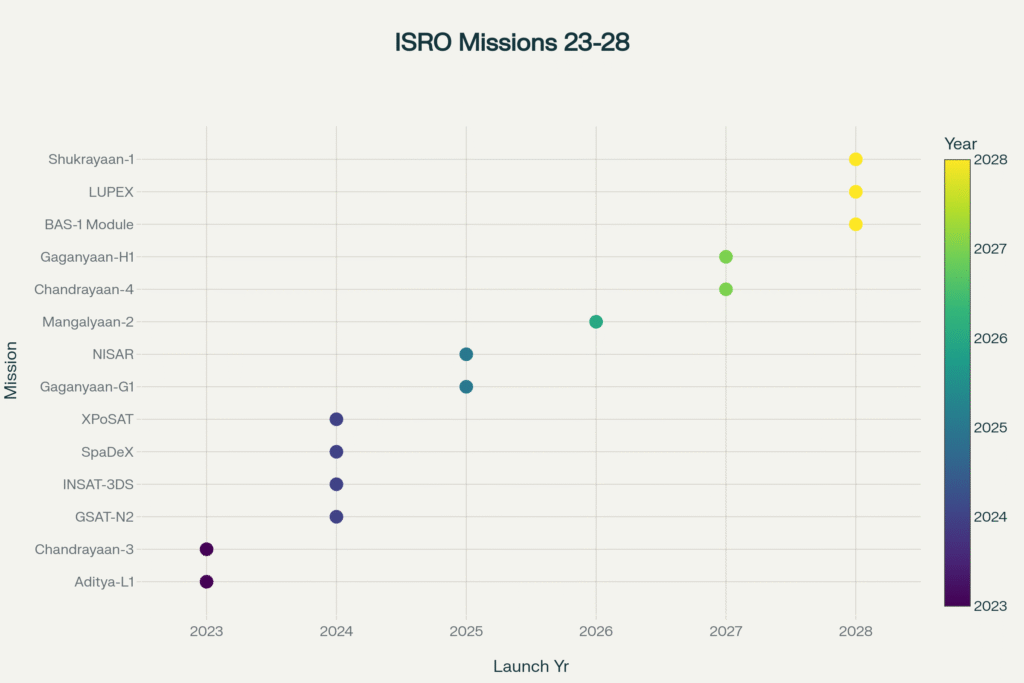
8. Mission Dashboards
Table: Recent Flagship Missions (2023-2025)
Table: Major Upcoming Missions
9. Broader Impacts
9.1 Scientific Return
ISRO data archives—PRADAN for Aditya-L1, open SAR for NISAR—ensure global collaborators gain immediate access, amplifying citation impact and fostering cross-mission synergies.
9.2 Industrial & Economic Upside
Private suppliers delivered parachutes for Gaganyaan’s crew module, Ka-band HTS payloads for GSAT-20 (now GSAT-N2) and software for SpaDeX’s relative-navigation algorithms, signalling a vibrant domestic supply chain.
9.3 Geopolitical & Diplomatic Reach
Joint ventures with NASA (NISAR), JAXA (LUPEX), ESA (deep-space tracking support) and potential NASA collaboration on BAS underscored ISRO’s ascent to trusted partner status.
Conclusion
During the last two years ISRO has validated soft-landing, solar-spacecraft operations at L1, precision X-ray polarimetry, Ka-band broadband delivery and autonomous spacecraft docking—all while laying structural, propulsion and crew-safety foundations for the country’s first human orbital flight. The period 2025-28 will be yet more transformative: NISAR will globalise India’s Earth-observation reach; Gaganyaan will lift Indian astronauts; Chandrayaan-4 will bring Moon rocks home; LUPEX and Shukrayaan-1 will probe water on the Moon and greenhouse mysteries of Venus; and BAS-1 will inaugurate India’s orbital laboratory. These ventures exemplify a strategic shift from demonstration to sustained utilisation, positioning India as both a science-driven and services-oriented space power.












